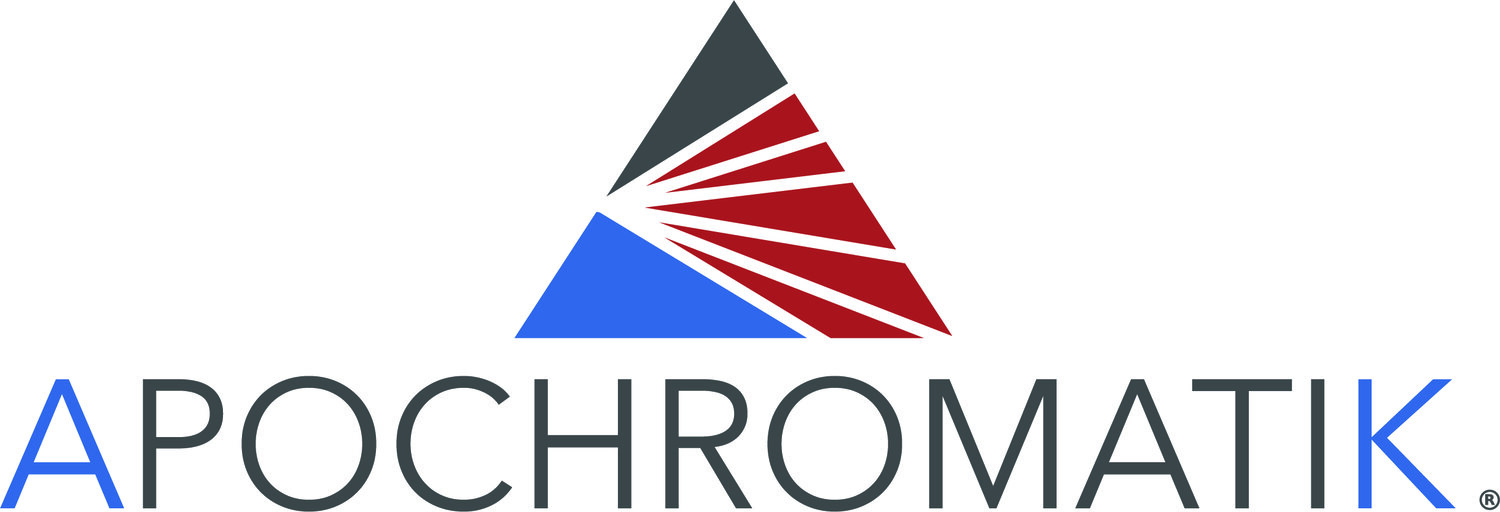3 Steps to a Highly Effective Reference List
You’ve come up with a thoughtful job search plan. You’ve prepared your resume and proofread it until your eyes watered. Your cover letter is perfectly crafted. (By the way, if these don’t apply to you, we can help. . . .) Now it’s time to put together your list of references. That will be easy, right? Just type up some names, phone numbers, and email addresses and Voila! You’re done with your application! Right? Wrong.
References don’t need to take long, but they do need to be carefully put together. The good news: so many people just throw their reference list together, that this is an area where it’s easy to stand out. Just follow three steps to improve your reference list.
First, make your reference list consistent. How many times have you seen a nicely formatted resume and cover letter, accompanied by a list of references that looks more like a ransom note? Your reference list should be consistent with your resume and cover letter in terms of the formatting, font and font size, and header. It shouldn’t take more than a minute to save your resume as a new document, delete the content, and paste in your references, but the professionalism it will add to your materials can make a much better impression.
Second, provide context. Think through why each reference is on your list. They shouldn’t be there just because they’ll say you’re a nice person – they should be there because they can attest to your work and qualities. Go beyond that, though, and think about which parts of each job description they can help you show that you satisfy. For example, instead of listing Mike Ross, you may want to list Mike Ross and then say something like “Mr. Ross supervised my work as an associate at Pearson Specter. He is familiar with my appellate advocacy skills and ability to manage teams.”
Third, contact your references. You may be thinking “who doesn’t contact their references before they list them?” Answer: many people. It makes sense in some respect – who wants to call up an old supervisor and say “that job I left your company for? It wasn’t my dream after all and now I’m looking for another one. Will you still say good things about me?” First off, the conversation doesn’t have to go that way, but more importantly, it is far better to have to ask an old supervisor for a favor than it is to have that supervisor get a phone call out of the blue and say less than flattering things.
Let me give an example: I recently received a phone call seeking a reference for someone I have had no contact with – not even run into at an event – for 10 years. While I said positive things about him, I would have been a better reference if I knew what he had been up to and why he wanted to work for that particular law firm. I actually muted the caller so I could quickly look up his LinkedIn profile, and when the caller asked me if I knew why the job candidate was interested in moving to that city, I had to say I had no idea.
Think of your references as potential evangelists for your candidacy. They will do a better job if they aren’t caught off guard and have some talking points. We’ll talk more about how to prep your references in a future post, but for now, it’s important to contact them before you list them and be sure they will be a positive reference.
Following the three steps – making the document consistent with your other materials, providing context, and contacting your references – won’t take long, but will help you stand out from the crowd.
If you would like assistance with your job application materials, job search, interview preparation, or career transition, don't hesitate to contact us.

